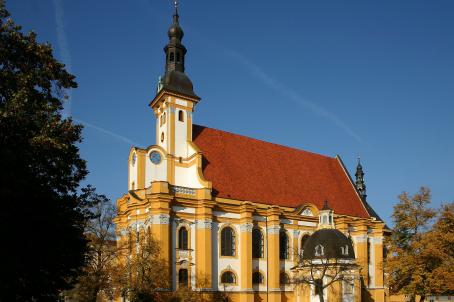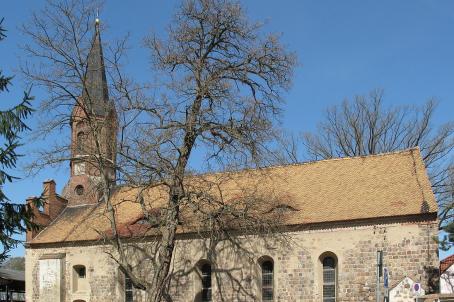St. Mary's Church, Frankfurt (Oder)

Construction of St. Mary's Church began with the granting of the town charter in 1253. The circumambulatory choir dating from 1367 is one of the oldest in Mark Brandenburg. In 1945 St. Mary's Church was severely damaged by fire and in the following years it became completely ruined. In 1974, St. Mary's Church was leased to the city and was restored beginning in 1980.
About this building
For more information visit on this building visit www.eurob.org/item/st-marien-kirche_franfurt-oder/?lang=en





